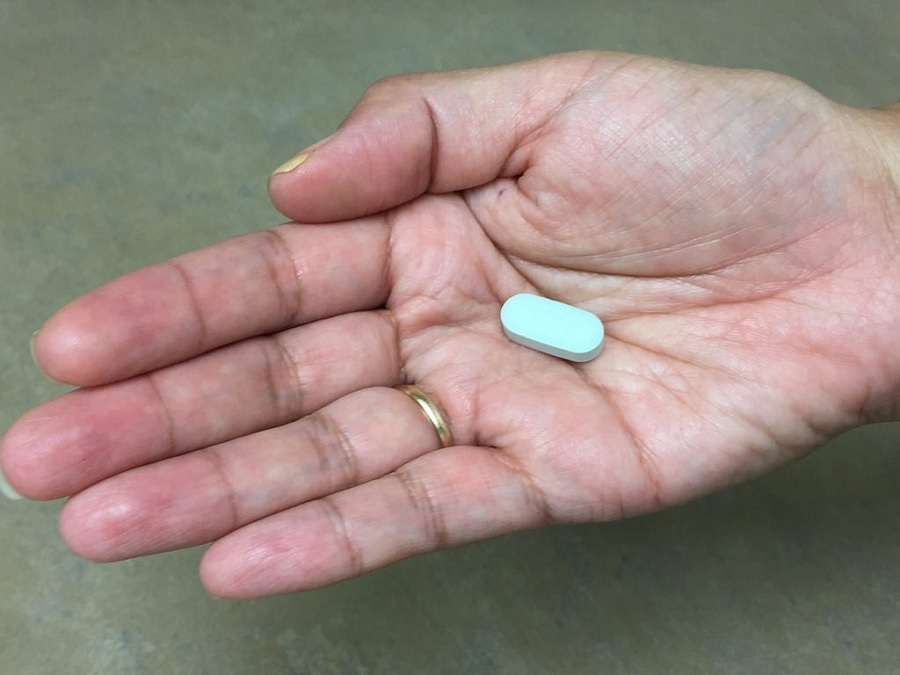There is still a very long way to go before the world actually sees an ultimate cure for HIV. But significant developments are being reported almost every day. One of the most recent good news came from the researchers of the University of Pittsburgh Graduate School of Public Health. They are working on a potential all-in-one treatment that could identify inactive HIV-infected cells and kill them.
The study was published on the EBioMedicine journal (via Science Daily). Researchers explain that most HIV cure studies revolve around the “kick and kill” framework, which means kicking infected cells out of hiding and killing them. But what they have developed, so far, shows potential in achieving both.
Dr. Robbie Mailliard of the Pitt Public Health and senior author of the research said, “The Holy Grail is figuring out which cells are harboring HIV so we know what to kick." While a patient takes antiretroviral medication, the virus enters an “inactive phase” and practically gets cloaked in the DNA of the immune cells called “T helper cells,” the report explained.
This led the researchers to study the Cytomegalovirus (CMV) reportedly found on 95 percent of HIV-positive patients, and also known for its ability to remain latent in the human body. Co-author Dr. Charles Rinaldo explained that the immune system is very active in monitoring and fighting CMV leading to the idea that “maybe those cells that are specific to fighting CMV also make up a large part of the latent HIV reservoir.”
The team, hoping to contribute to humanity’s search for HIV cure, has also focused their observations on the dendritic cells that are known as key elements in cancer immunotherapies. Their observations have led to the development of the "antigen-presenting type 1-polarized, monocyte-derived dendritic cells" or MDC1.
Initial testing reportedly showed that the possible HIV cure, once added to the T helper cells, was able to “reverse” the virus’ latency. This means MDC1 was able to “kick” the virus-infected cells in the blood samples they collected from about two dozens participants.
Here is the “kill” part. "Without adding any other drug or therapy, MDC1 were then able to recruit killer T cells to eliminate the virally infected cells," Mailliard added. After witnessing promising results, the team is reportedly hoping to get enough funding so the potential HIV cure could enter clinical trials on human participants.



 Could a telescope ever see the beginning of time? An astronomer explains
Could a telescope ever see the beginning of time? An astronomer explains  The rising flood of space junk is a risk to us on Earth – and governments are on the hook
The rising flood of space junk is a risk to us on Earth – and governments are on the hook  Why now is the time to address humanity’s impact on the moon
Why now is the time to address humanity’s impact on the moon  Six space missions to look forward to in 2024
Six space missions to look forward to in 2024  The mystery of consciousness shows there may be a limit to what science alone can achieve
The mystery of consciousness shows there may be a limit to what science alone can achieve  The brain is the most complicated object in the universe. This is the story of scientists’ quest to decode it – and read people’s minds
The brain is the most complicated object in the universe. This is the story of scientists’ quest to decode it – and read people’s minds  A Nasa rover has reached a promising place to search for fossilised life on Mars
A Nasa rover has reached a promising place to search for fossilised life on Mars  The brightest object in the universe is a black hole that eats a star a day
The brightest object in the universe is a black hole that eats a star a day  Customizing mRNA is easy, and that's what makes it the next frontier for personalized medicine − a molecular biologist explains
Customizing mRNA is easy, and that's what makes it the next frontier for personalized medicine − a molecular biologist explains  If life exists on Jupiter’s moon Europa, scientists might soon be able to detect it
If life exists on Jupiter’s moon Europa, scientists might soon be able to detect it  Our survey of the sky is uncovering the secrets of how planets are born
Our survey of the sky is uncovering the secrets of how planets are born  Genetic diseases: How scientists are working to make DNA repair (almost) a piece of cake
Genetic diseases: How scientists are working to make DNA repair (almost) a piece of cake  Larger and more frequent solar storms will make for potential disruptions and spectacular auroras on Earth
Larger and more frequent solar storms will make for potential disruptions and spectacular auroras on Earth  Why is the universe ripping itself apart? A new study of exploding stars shows dark energy may be more complicated than we thought
Why is the universe ripping itself apart? A new study of exploding stars shows dark energy may be more complicated than we thought  Black hole, neutron star or something new? We discovered an object that defies explanation
Black hole, neutron star or something new? We discovered an object that defies explanation  Eggs from men, sperm from women: how stem cell science may change how we reproduce
Eggs from men, sperm from women: how stem cell science may change how we reproduce 































